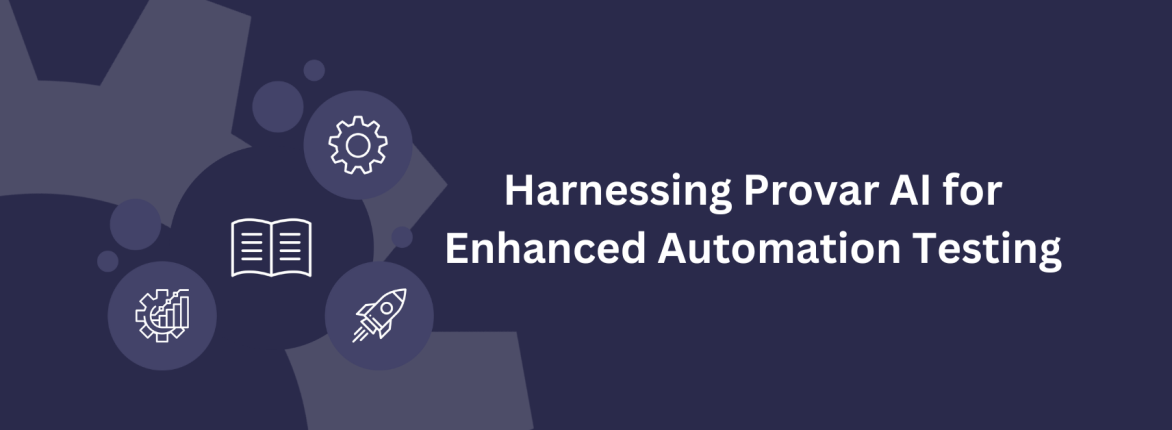Automation Testing
Salesforce is a powerful platform that many organizations rely on for managing customer relationships and streamlining business processes. Despite its benefits, its complexity and customization capabilities can pose challenges when it comes to testing and deploying updates. The key to overcoming these challenges lies in developing a strategic approach to testing that emphasizes speed, efficiency, and minimal maintenance.
This is where test automation comes in. By adopting best practices in Salesforce testing — namely adopting a strong test automation solution to help bolster their strategy — organizations can not only accelerate their deployment cycles but also reduce the ongoing maintenance burden, allowing their teams to focus on innovation and growth.
In this blog post, we’ll discuss some ways to strategize rapid deployment and less maintenance in your testing strategy.
Automate Your Testing Processes
First and perhaps most importantly, the best way to gain faster deployment and less maintenance is by automating your testing processes. Manual testing processes are often time-consuming and prone to human error, especially as Salesforce environments become more complex. Automated testing offers a scalable and efficient alternative. By leveraging comprehensive automation tools like Provar Automation, organizations can execute many test cases quickly and consistently, ensuring comprehensive coverage and early defect detection.
Utilize Modular and Reusable Test Cases
Creating modular and reusable test cases is another best practice for efficient Salesforce testing. By designing modular tests, you can break down complex scenarios into smaller, independent tests that can be easily combined and reused across different Salesforce components. This reduces duplication and simplifies maintenance, allowing for quicker adjustments and updates in response to evolving business needs.
Leverage Salesforce-Specific Testing Tools
If you’re developing on Salesforce, optimizing your testing strategy with Salesforce-specific tools ensures seamless integration with your Salesforce environment. Tools like the Salesforce Command Line Interface (CLI) support source-driven development and simplify moving changes between environments. For teams using Provar Automation, ProvarDX is available as a feature within this solution to help make this process even easier.
Utilize Metrics and Reporting
Metrics and reporting are crucial for evaluating the effectiveness and efficiency of your Salesforce testing strategy. Test coverage metrics provide insights into the extent to which critical areas of your application are tested. By tracking and reporting on test coverage, you can identify gaps in your testing efforts and prioritize developing additional tests to ensure comprehensive coverage.
Engage in Continuous Learning and Improvement
Continuous learning and improvement are essential for accelerating Salesforce testing. Regular retrospectives and reviews of the testing process enable teams to identify bottlenecks and refine their strategies over time. Staying updated on the latest Salesforce updates and best practices ensures that testing approaches remain relevant and effective, and make use of training sessions with your test automation solution’s team of experts for personalized guidance and support.
Provar’s latest white paper, Accelerating Your Salesforce Testing: How to Strategize Rapid Deployment and Less Maintenance, provides you with a guide to follow with specific action items that will help your team accelerate your Salesforce testing strategy, regardless of where you are on your journey. For more best practices in strategizing rapid deployment and less maintenance through test automation, download it for free!
Want to learn more about Provar’s quality solutions for automated testing? Connect with a Provar expert today!










